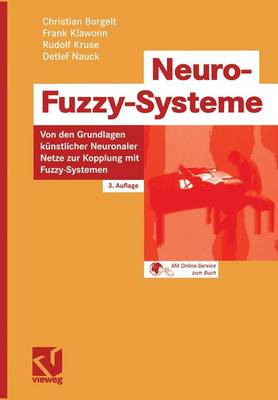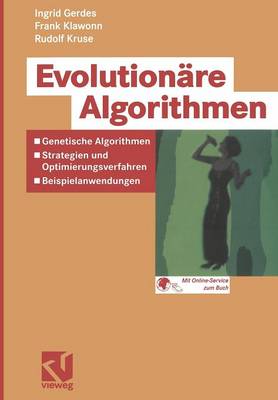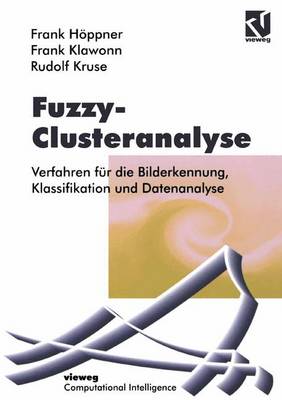Computational Intelligence
4 total works
Computational Intelligence
by Rudolf Kruse, Christian Borgelt, Christian Braune, Frank Klawonn, Christian Moewes, and Matthias Steinbrecher
Published 8 September 2011
This clearly-structured, classroom-tested textbook/reference presents a methodical introduction to the field of CI. Providing an authoritative insight into all that is necessary for the successful application of CI methods, the book describes fundamental concepts and their practical implementations, and explains the theoretical background underpinning proposed solutions to common problems. Only a basic knowledge of mathematics is required. Features: provides electronic supplementary material at an associated website, including module descriptions, lecture slides, exercises with solutions, and software tools; contains numerous examples and definitions throughout the text; presents self-contained discussions on artificial neural networks, evolutionary algorithms, fuzzy systems and Bayesian networks; covers the latest approaches, including ant colony optimization and probabilistic graphical models; written by a team of highly-regarded experts in CI, with extensive experience in both academia and industry.
Neuro-Fuzzy-Systeme
by Detlef D. Nauck, Christian Borgelt, Frank Klawonn, and Rudolf Kruse
Published 6 October 2003
Dieses Buch ist das Standardwerk zu einem neuen Bereich der angewandten Fuzzy-Technologie, der Fuzzy-Clusteranalyse. Diese beinhaltet Verfahren der Mustererkennung zur Gruppierung und Strukturierung von Daten. Dabei werden im Gegensatz zu klassischen Clustering-Techniken die Daten nicht eindeutig zu Klassen zugeordnet, sondern Zugehorigkeitsgrade bestimmt, so dass die Fuzzy-Verfahren robust gegenuber gestorten oder verrauschten Daten sind und fliessende Klassenubergange handhaben konnen. Dieses Werk gibt eine methodische Einfuhrung in die zahlreichen Fuzzy-Clustering-Algorithmen mit ihren Anwendungen in den Bereichen Datenanalyse, Erzeugung von Regeln fur Fuzzy-Regler, Klassifikations- und Approximationsprobleme sowie eine ausfuhrliche Darstellung des Shell-Clustering zur Erkennung von geometrischen Konturen in Bildern.



